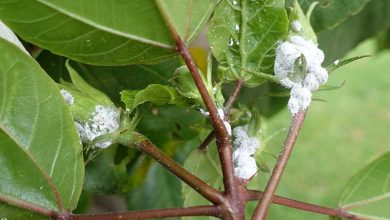Brown spots on the leaves of plants. How to remove?
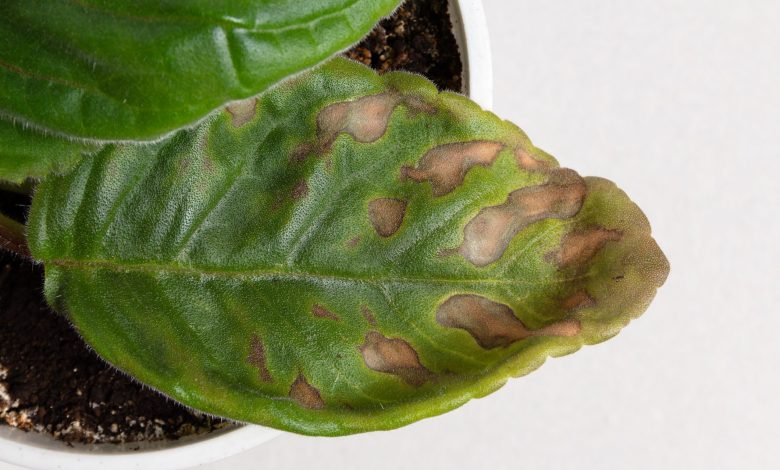
Hello to all agrohuerters! Sometimes, when we stop to observe our plants a bit, we can detect some brown spots on the leaves. However, what are these spots due to? This may be one of the most difficult questions to answer, but we are all going to try to follow a series of guidelines to at least approach the problem.
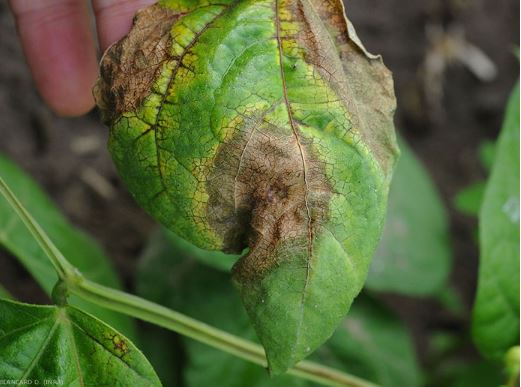
What are brown spots on plant leaves?
There are many different types of spots on the leaves of our plants as they are one of the most common symptoms of many diseases. They can be caused by viruses, fungi, bacteria, some insects or due to nutritional problems. I mean, it’s not going to be an easy task! Therefore, we are going to give you some tips to rule out options.
We can start by trying to detect if the cause of the spots is infectious (from fungi, viruses, bacteria,…) or non-infectious (caused by abiotic factors such as lack of nutrients or meteorological causes). It will be infectious if we see that the distribution of the symptoms in the plant is irregular and it is observed how they spread to other parts of the plant.
However, if the spots affect the entire plant equally or all the leaves equally and we do not see a clear evolution of these symptoms, it will be a non-infectious problem.
In most cases, the main damage caused by these spots is the reduction of photosynthesis since the leaves have a smaller useful surface.
Types of brown spots according to their shape
It is very important to observe the shape of the spots since they are not all the same. There are some round spots, others with more angular shapes, some larger than others… And, indeed, these characteristic shapes are the ones that can also help us in the diagnosis.
Circular brown dots or spots on the leaves
They are usually lesions with a circular shape as it appears in the photo. They do not affect the main nerves of the leaf.
Although they can be caused by some viruses, the most common is that the problem is due to a fungus such as Cercospora beticola.
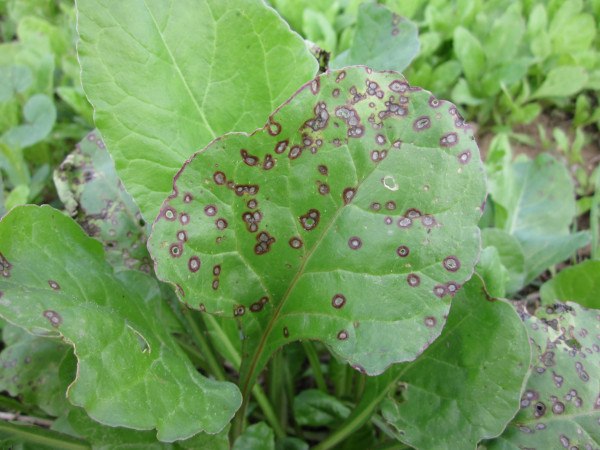
angular spots
These spots have irregular shapes because they usually take the shape of the veins of the leaves that limit them.
They are associated with fungal diseases such as mildew and other diseases caused by fungi such as Alternaria tomatophila, Corynespora cassiicola, Leveillula taurica, or some bacteria such as Xanthomonas sp.

Uneven, wet, greasy brown spots
They have a wet, translucent, greasy appearance and can be quite widespread. Normally, we can see them on the leaves, but they also appear on the stems and fruits. It is usually a state that evolves quickly to another type of spots of a more brown color or with a necrotic appearance (those that end with the death of plant tissues). Sometimes they may be surrounded by a yellow circle.
Possible causes:
- Fungal diseases (fungi) in early development (mildew, alternaria, cercosporiosis,…)
- Some bacteria like Pseudomonas syringae in melon.
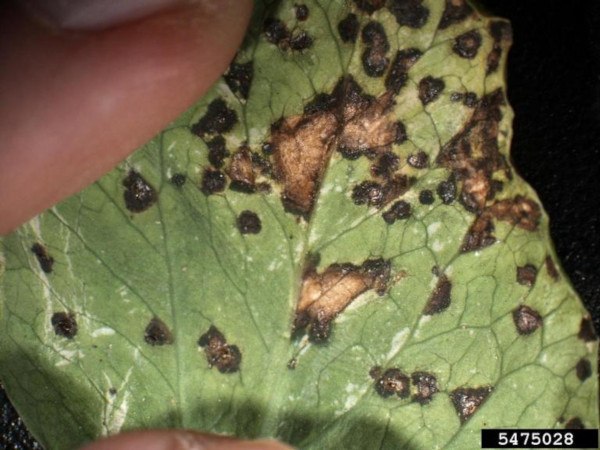
Large and widespread spots
If we find brown spots of several centimeters in size, it may be because the small spots have been evolving little by little until they join each other or toxicity problems.
Causes: bacteria or fungi (Botrytis cinerea, Mildiu, Sclerotina sclerotiorum, Phoma,…)
Concentric (tree-ring shaped) spots
They are a type of stain that if we look closely inside we can see concentric rings (like when we cut a tree and see the rings on the trunk). It is mainly due to fungal diseases at the end of their evolution.
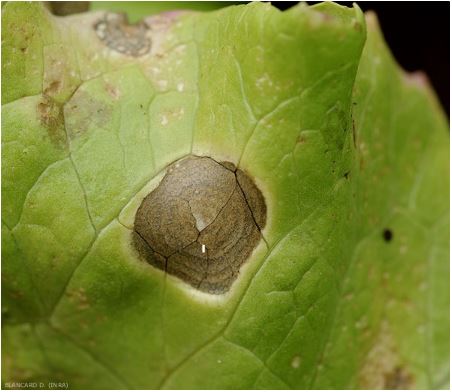
Ring-shaped brown spots
Contrary to the previous case, if we see spots that form a single ring, the most normal thing is that it is a virus. Although there are also some herbicides that cause toxicity in the leaves in the form of rings, which can cause confusion.
Solutions against brown spots on leaves
As we have said before, the risk of confusion is important when it comes to diagnosing why brown spots appear on plants. Therefore, before applying any treatment we must:
- Take a good look at the stains, see how they evolve over time, how they spread out, how they change color or the different parts they affect.
- We must not forget to take a good look at both sides of the leaves. Many times looking at the lower part we can see some typical symptoms of fungi that will facilitate the diagnosis.
Once we get closer to our problem, we can act and take the appropriate measures for each case. In the blog you will find several posts on how to eliminate fungi from garden plants, what to do when faced with diseases caused by viruses or some natural or ecological remedies for pests and diseases.
In the category «Pests diseases» there are also several articles on white spots on the leaves and many other problems that can arise in the orchard. In any case, do not hesitate to leave us in the comments your suggestions for topics, advice or any doubts you may have to help you in any way possible.
References
- Li J, Liu X, Yang X, Li Y, Dexian C (2018).Proteomic analysis of the impacts of powdery mildew on wheat grain. Food Chemistry, 261, 30-35.
- Ministry of agriculture, fishing and food. (2014).Integrated Pest Management Guide, Pome Fruit Trees.
- Board of Andalusia.Cercospora. Alert network and phytosanitary information. Ministry of Agriculture and Fisheries. General direction of agricultural and livestock production.
I hope you find it useful and see you in the next article!


![Photo of Brachychiton Tree: [Planting, Care, Watering, Substrate]](https://www.complete-gardening.com/wp-content/uploads/2021/06/Brachychiton_1602532992-390x220.jpg)
